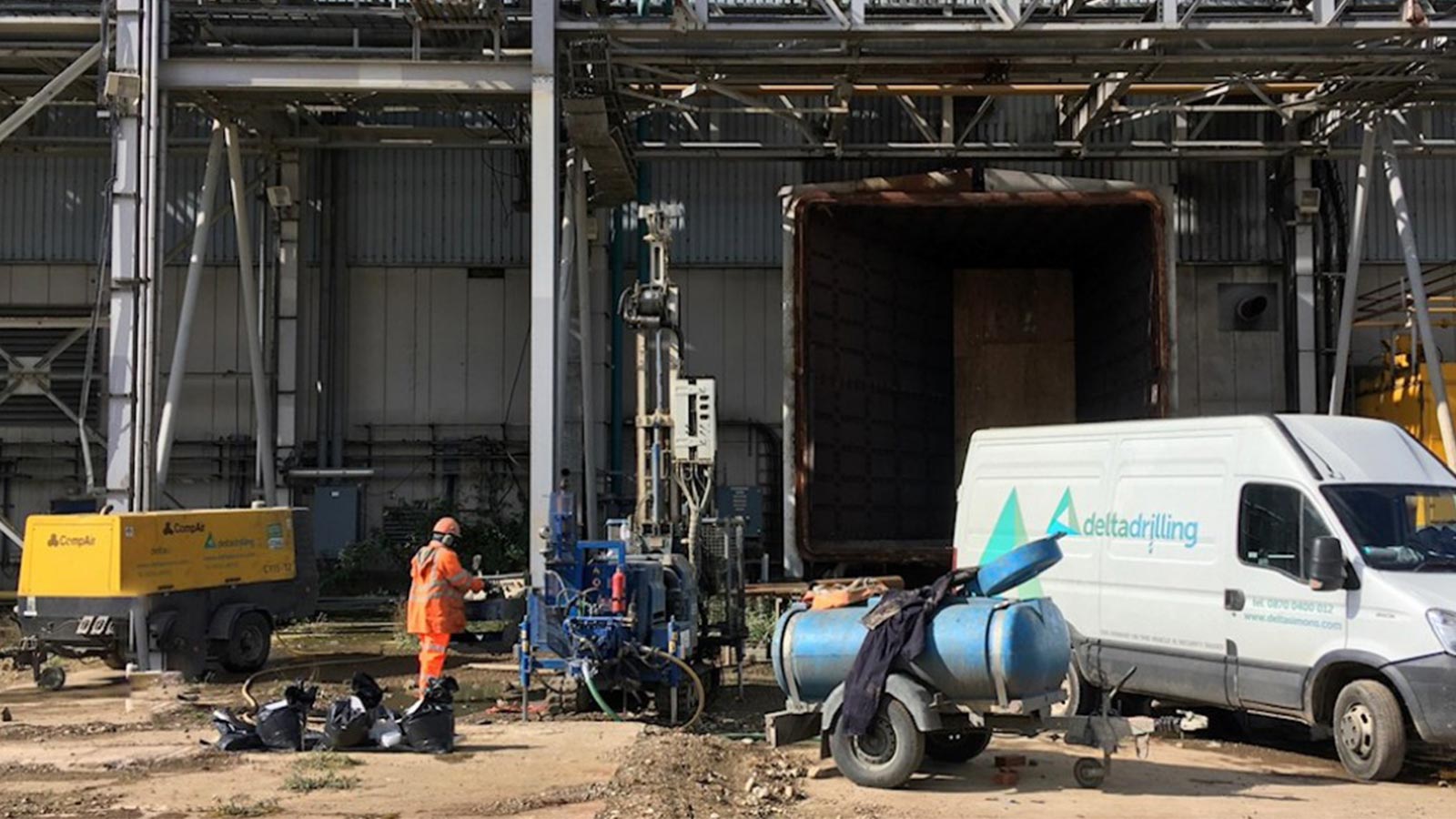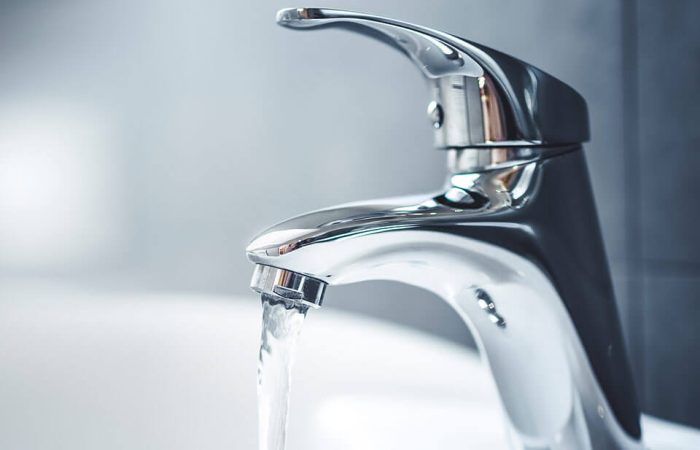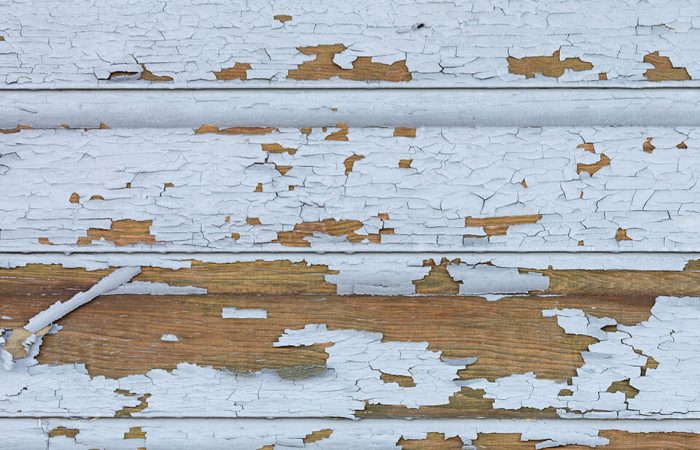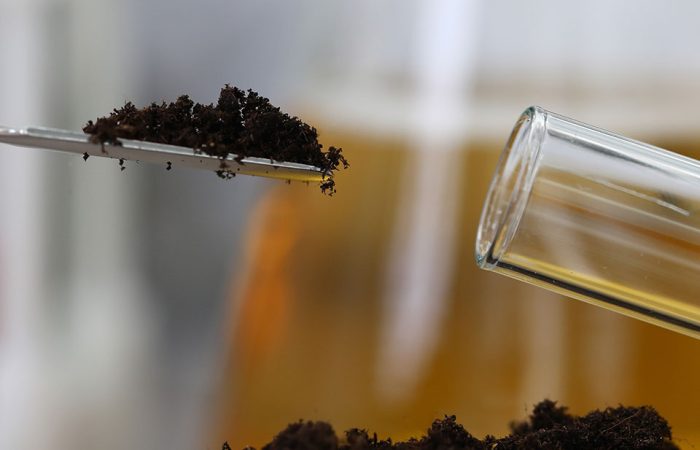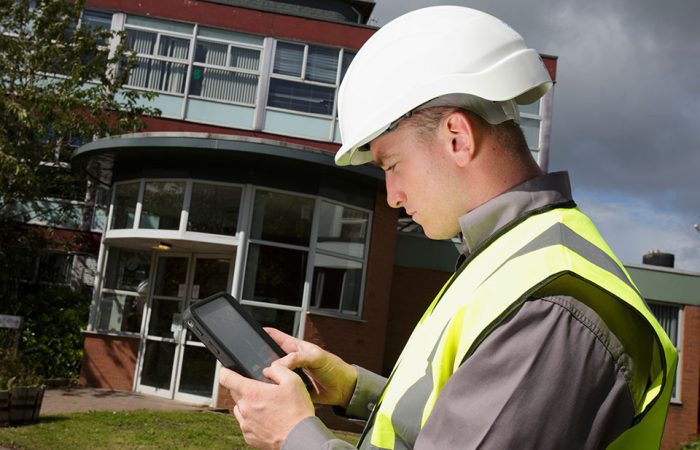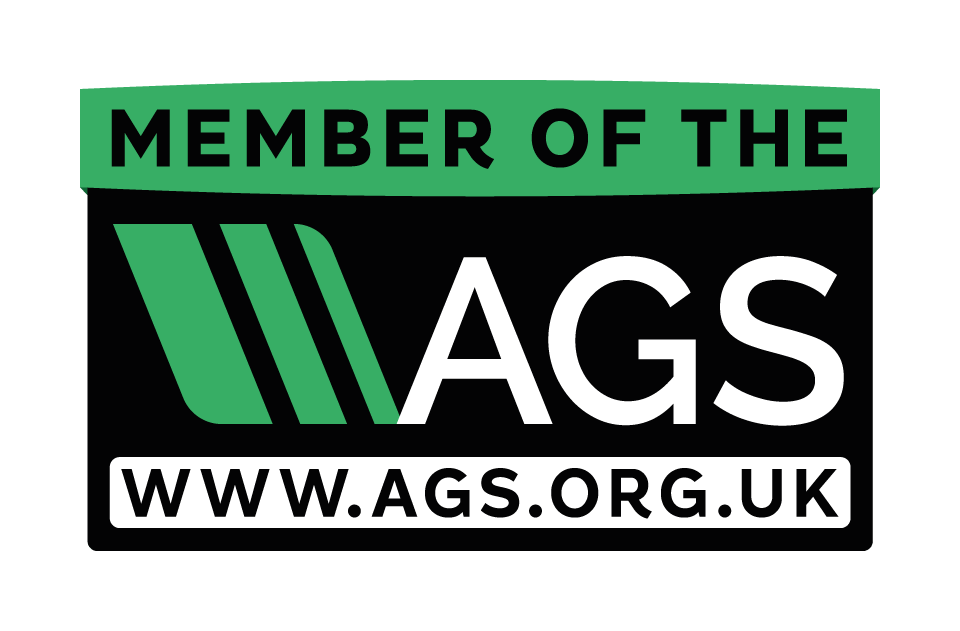Unlock the potential of your brownfield site while managing risks with Lucion’s comprehensive testing and inspection services.
Brownfield sites, which are lands previously used for commercial or industrial purposes, often come with a legacy of potential contamination that can pose significant risks to human health and the environment. Redeveloping these sites requires a thorough understanding of their history, geology, and environmental conditions to ensure the safety of future occupants and comply with legal requirements.
Lucion’s brownfield land testing and inspection services provide comprehensive assessment and characterisation of potentially contaminated sites.
Our experienced team of environmental scientists and engineers uses a range of techniques to build a detailed understanding of your site, including:
- Desk studies and historical research to identify past land uses and potential contamination sources
- Site walkovers and visual inspections to assess current conditions and identify areas of concern
- Soil and groundwater sampling for accurate characterisation of contamination
- Geophysical surveys to map subsurface features and guide targeted sampling
- Laboratory testing for a wide range of potential contaminants, including heavy metals, hydrocarbons, asbestos, and other hazardous substances
Our services are essential for informing site investigation and risk assessment and for developing effective remediation and redevelopment strategies. We provide clear, detailed reports on our findings, along with expert advice and recommendations for managing any identified risks and liabilities in line with the Land Contamination: Risk Management guidance and other relevant regulations.
By partnering with Lucion for your brownfield land testing and inspection needs, you can have confidence in the safety and viability of your site, enabling you to make informed decisions about remediation, redevelopment, and regulatory compliance. Our team works closely with you to understand your unique challenges and provide tailored solutions that address your specific needs.
Don’t let contamination hold back your brownfield redevelopment plans. Partner with us for critical insights that unlock the potential of your site while managing risks effectively.


